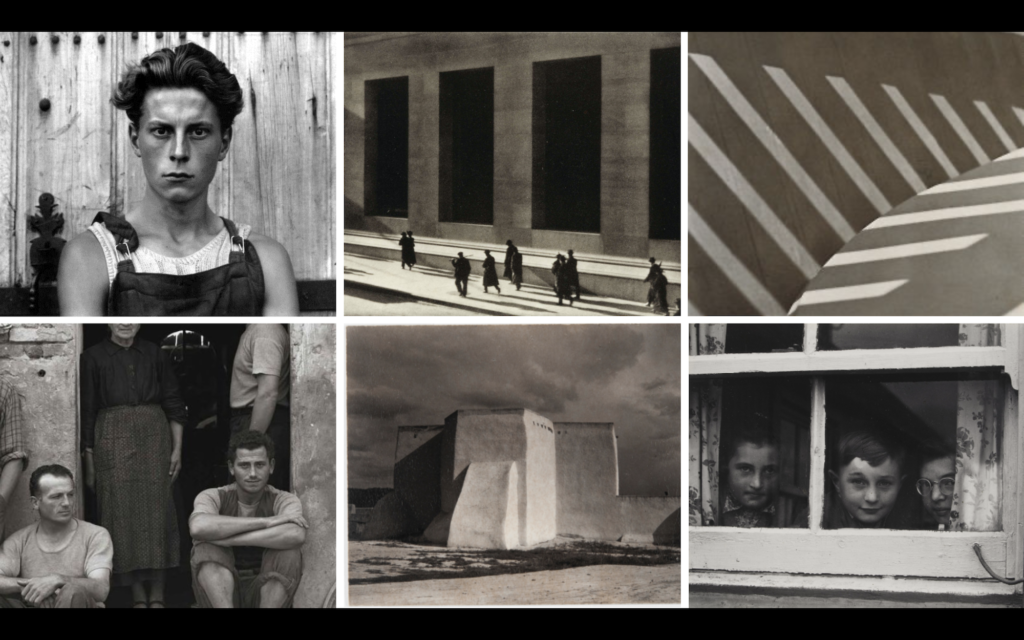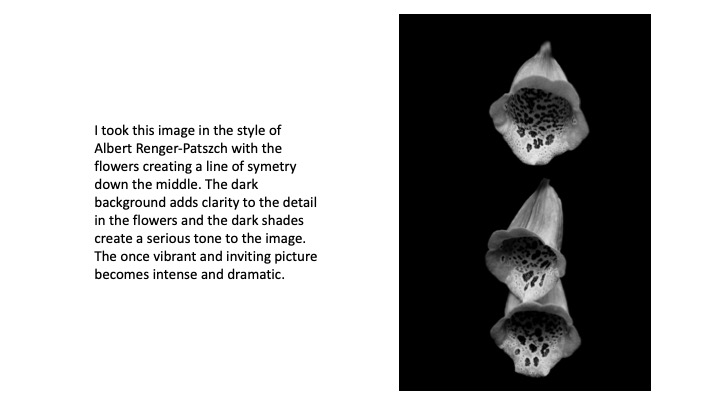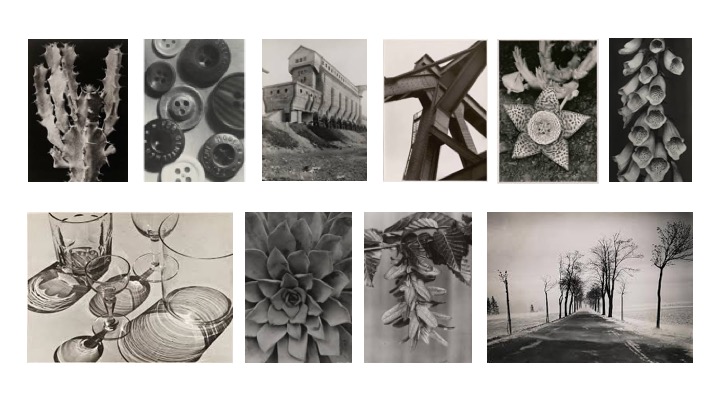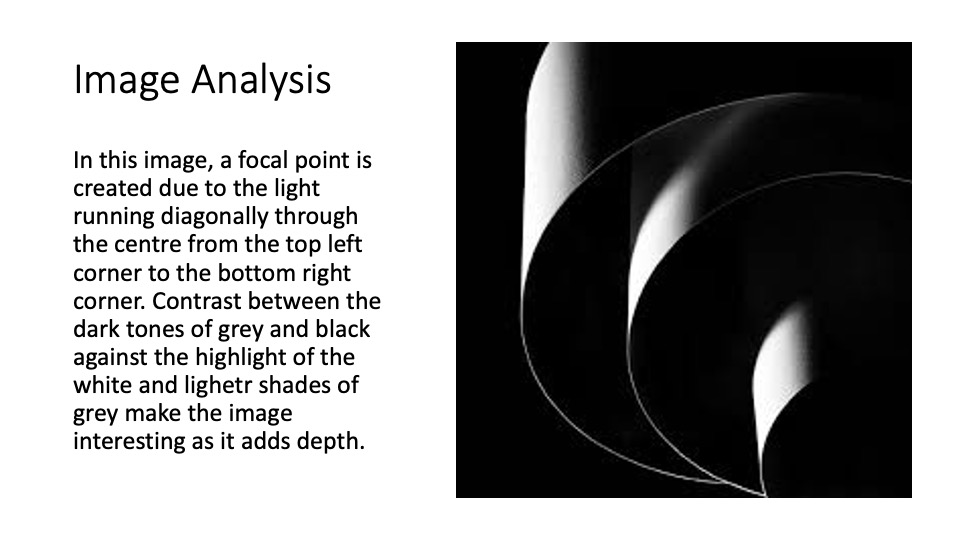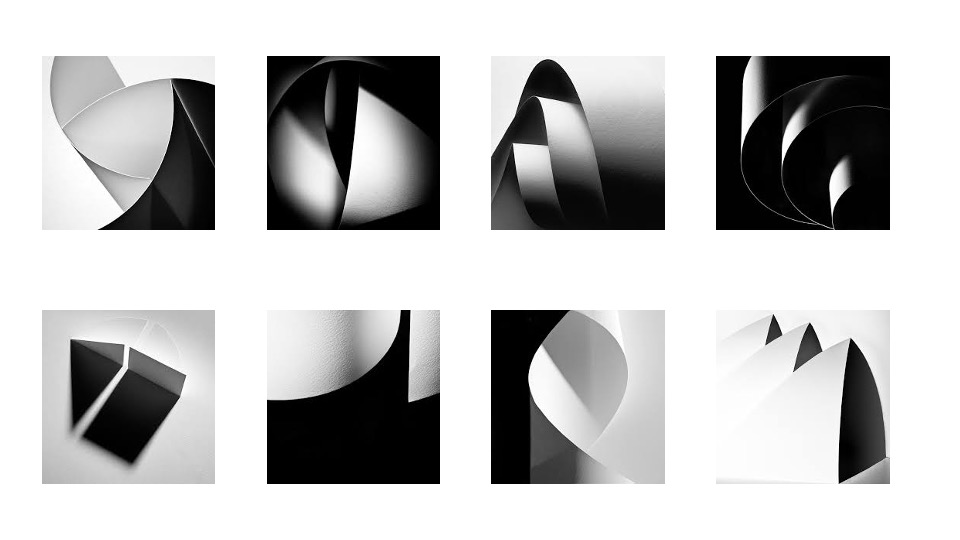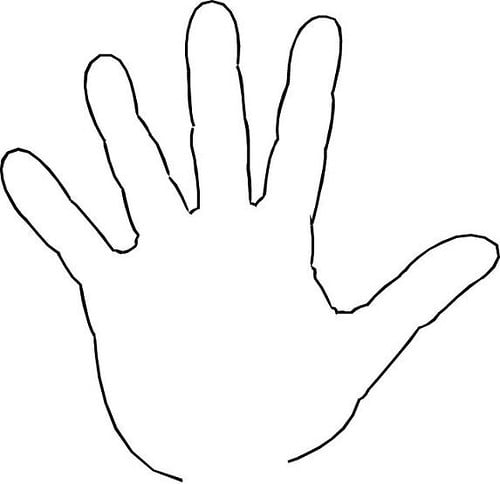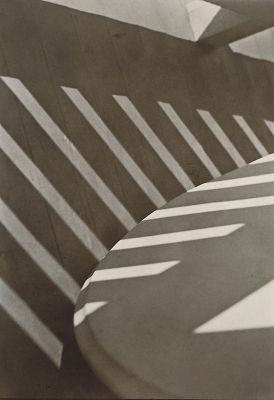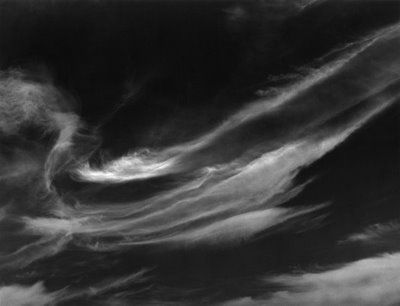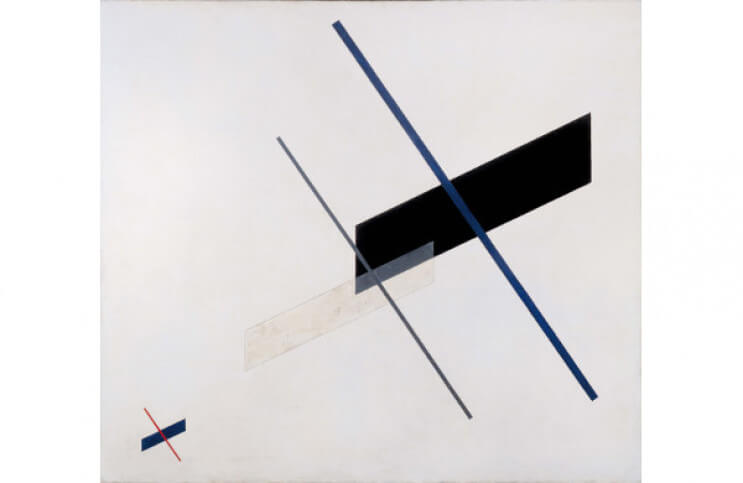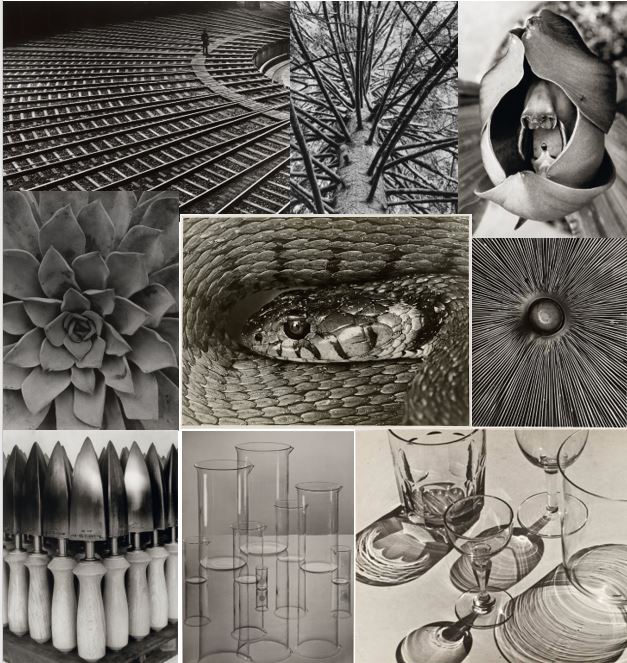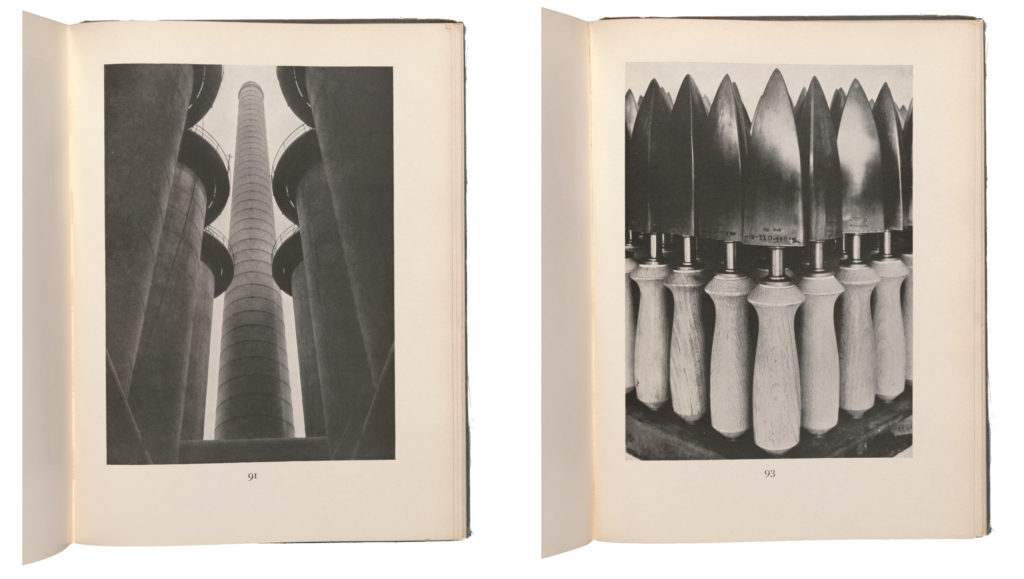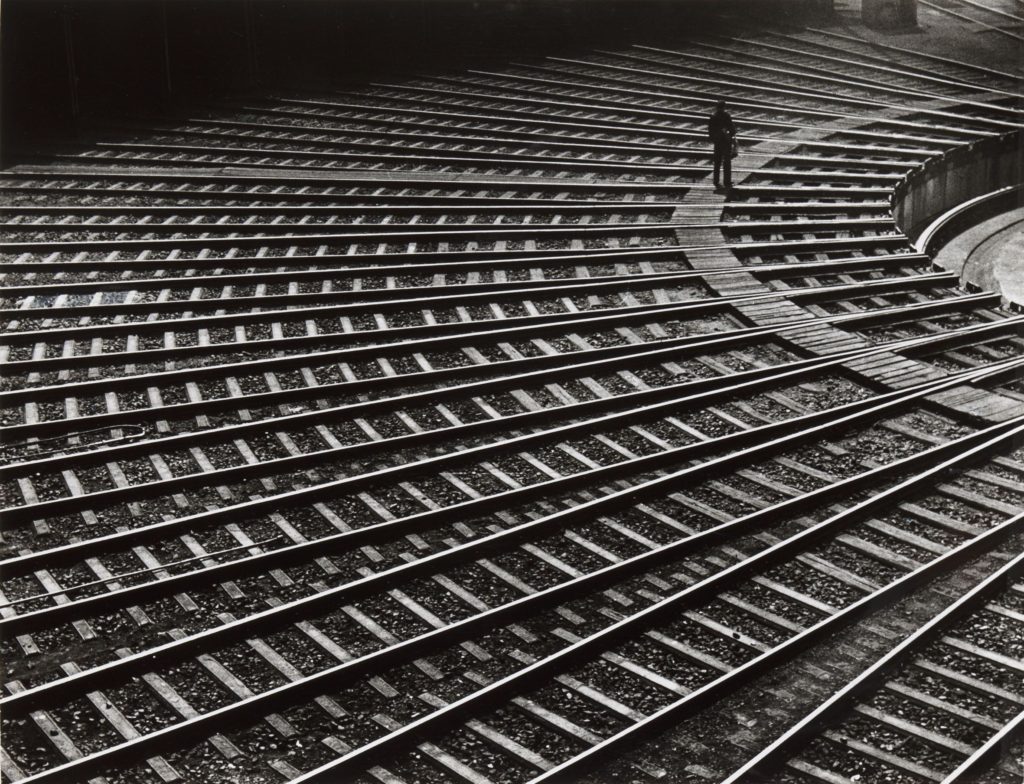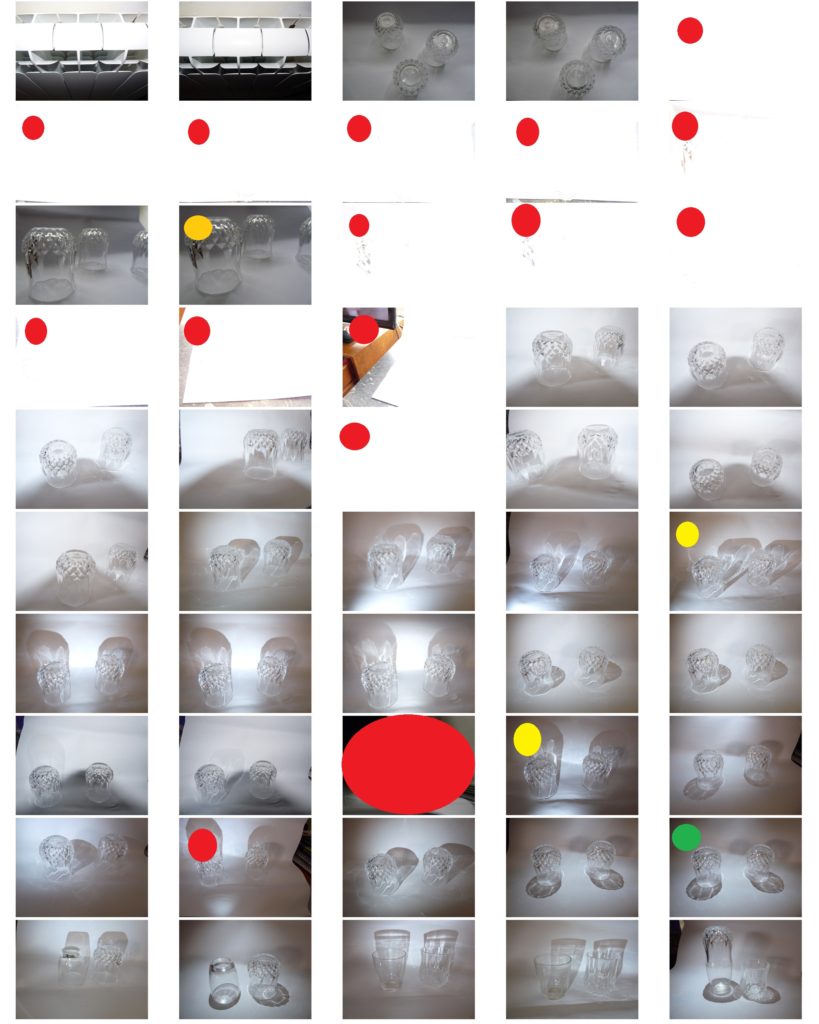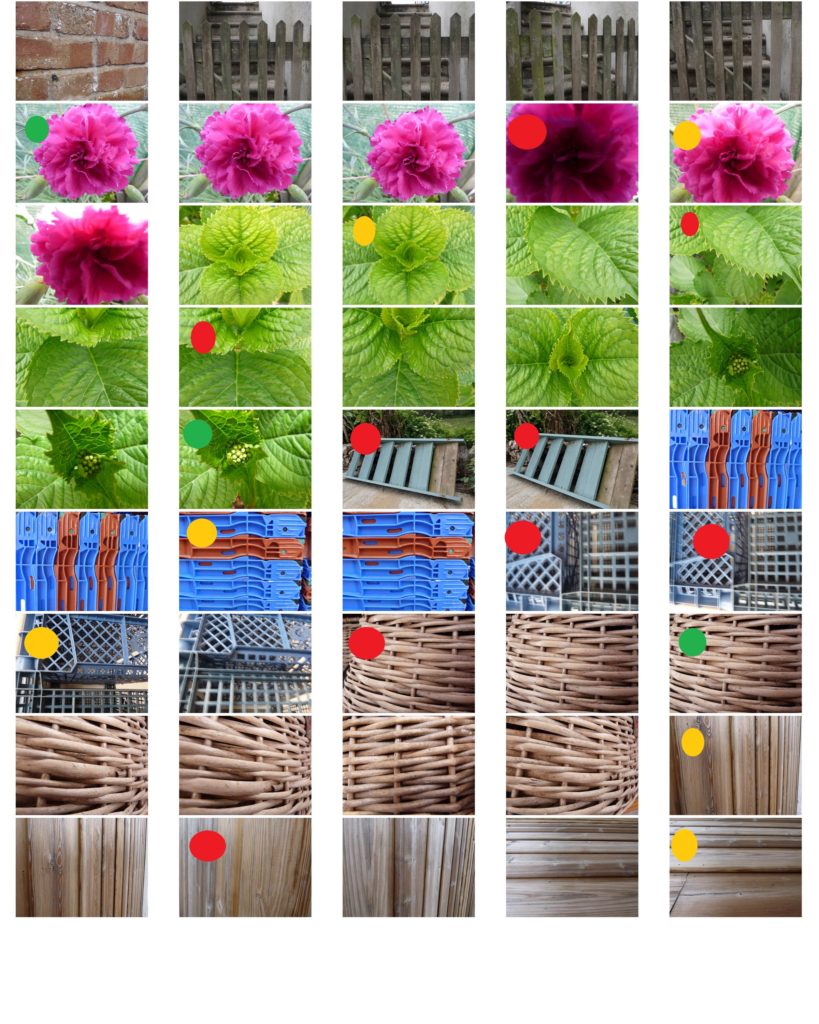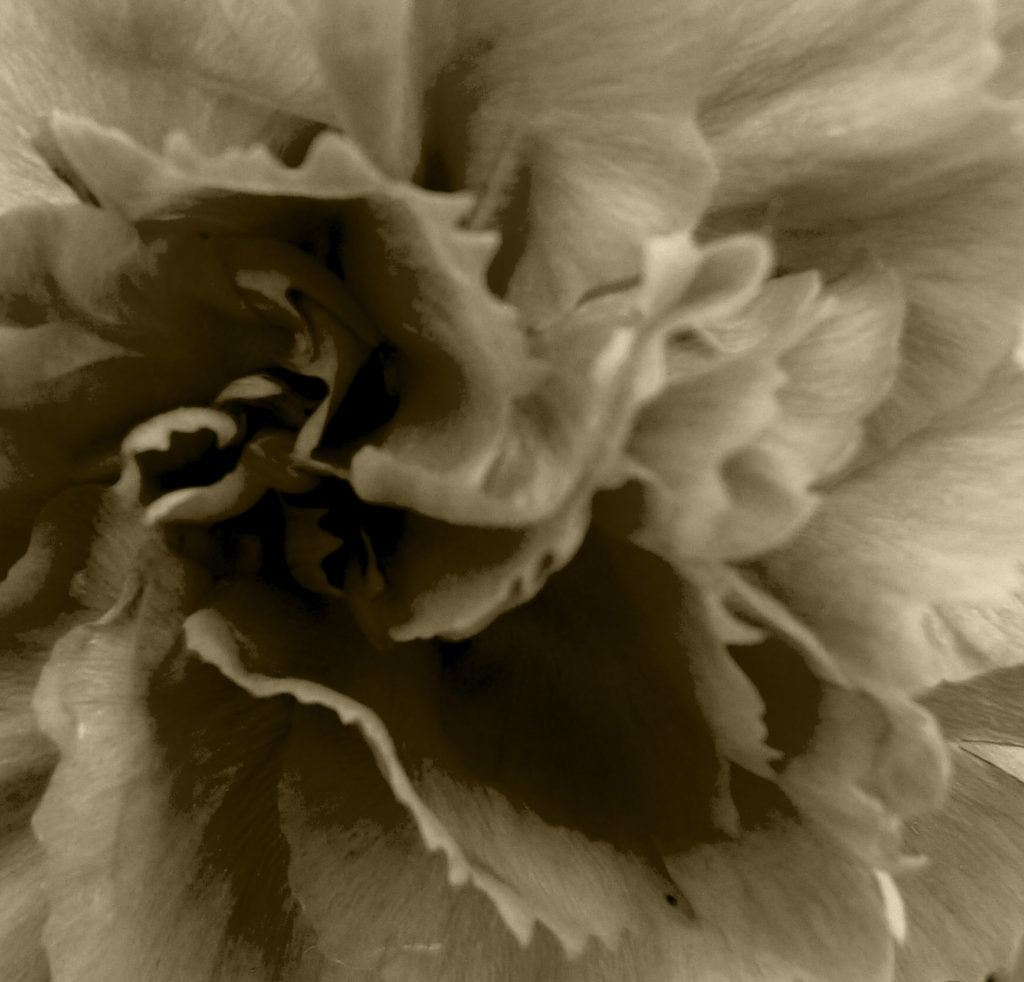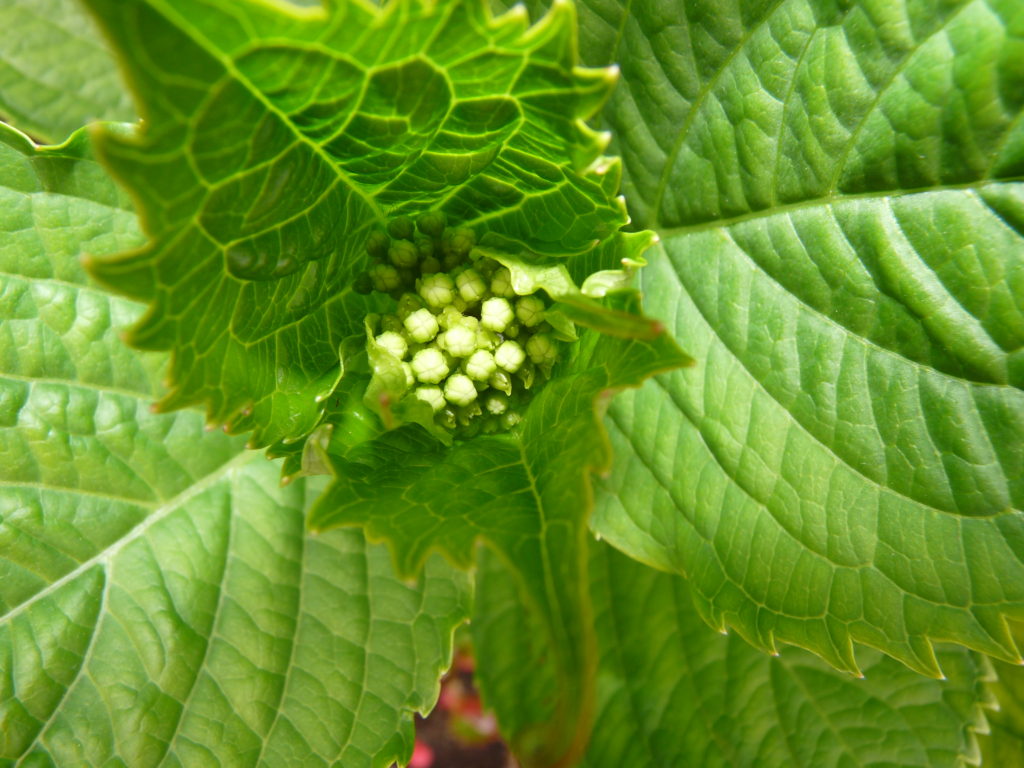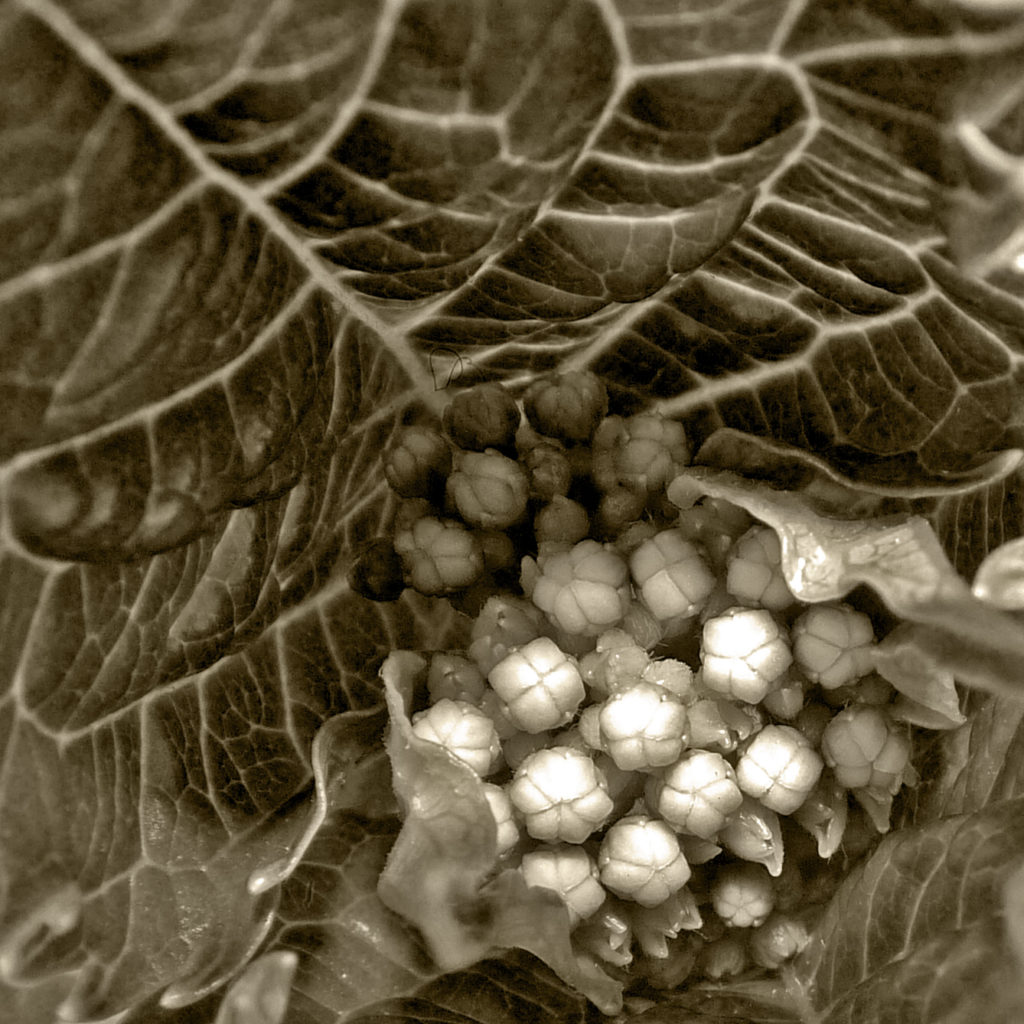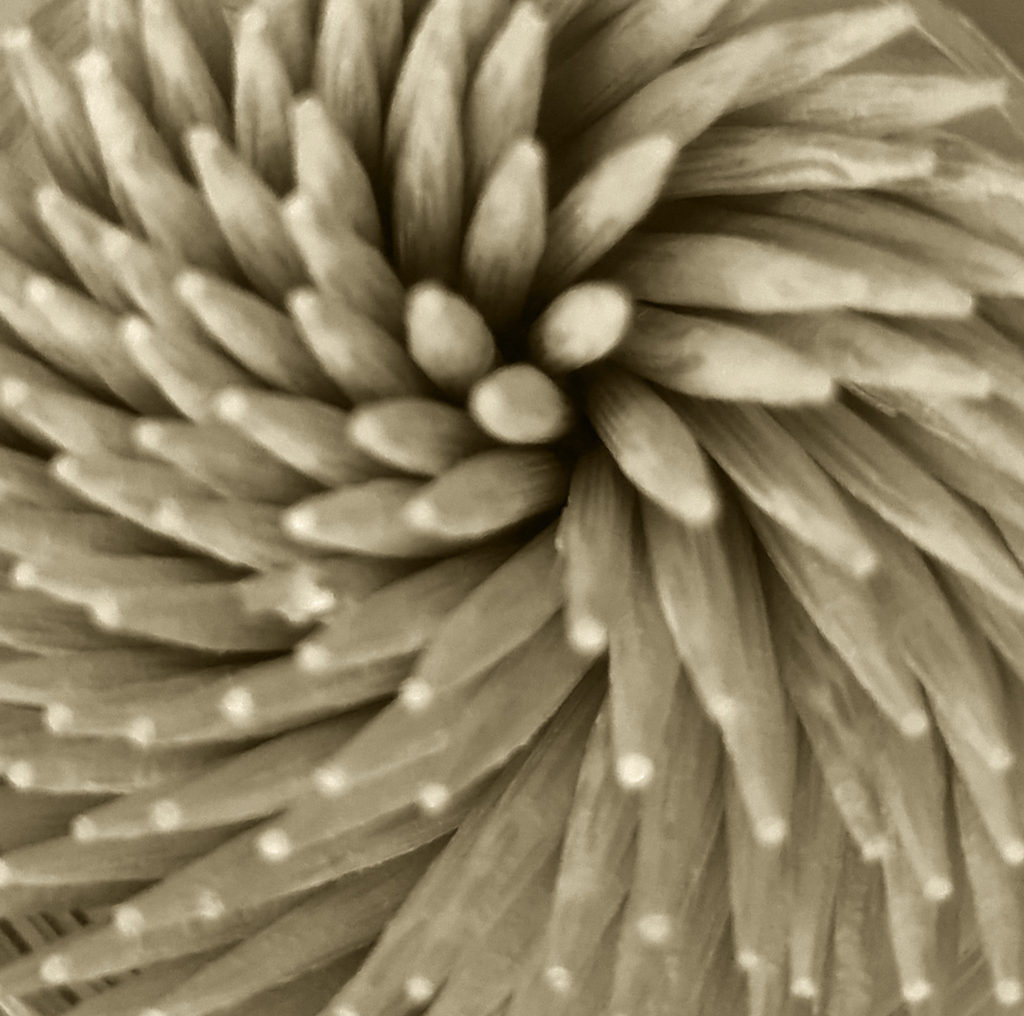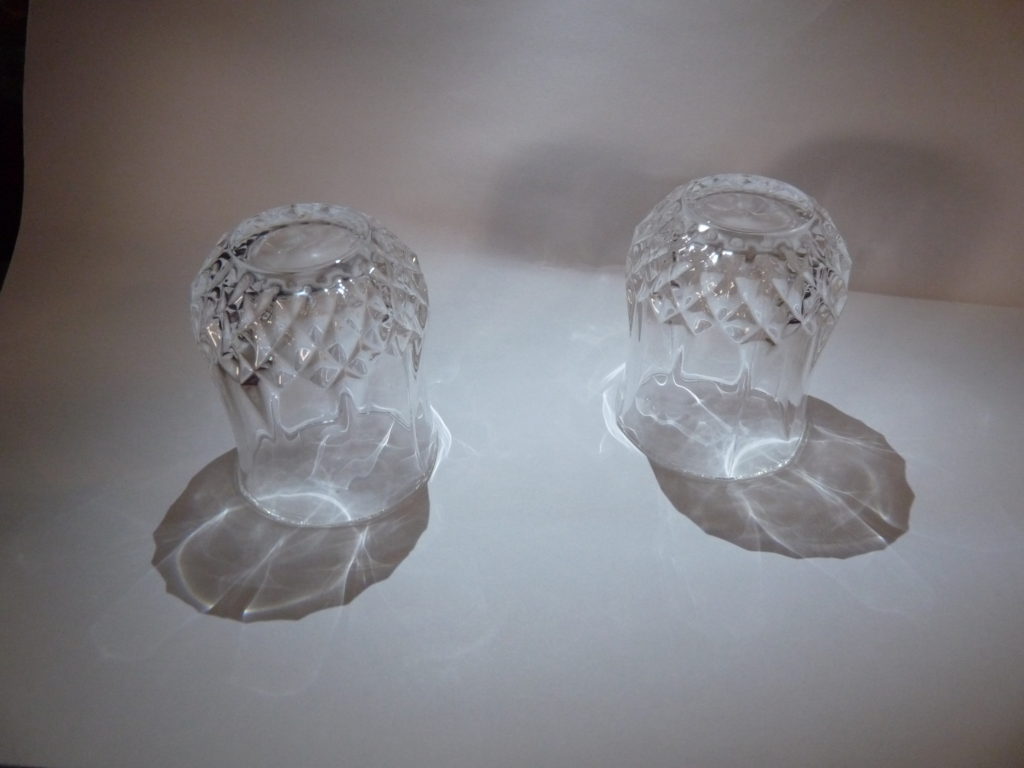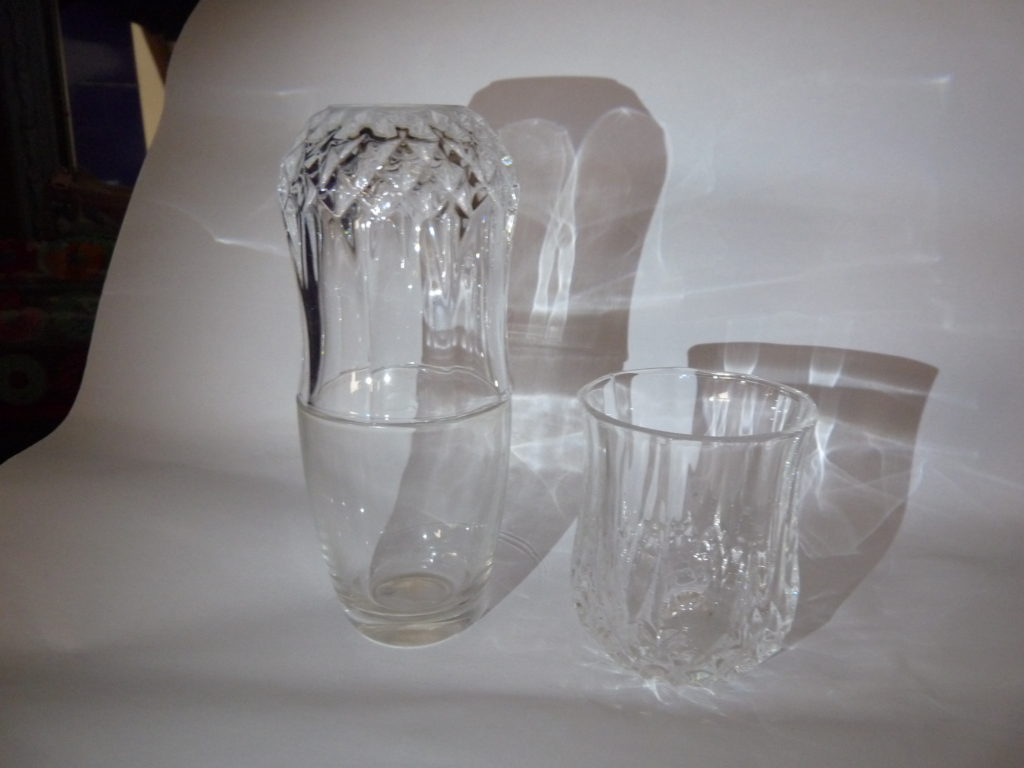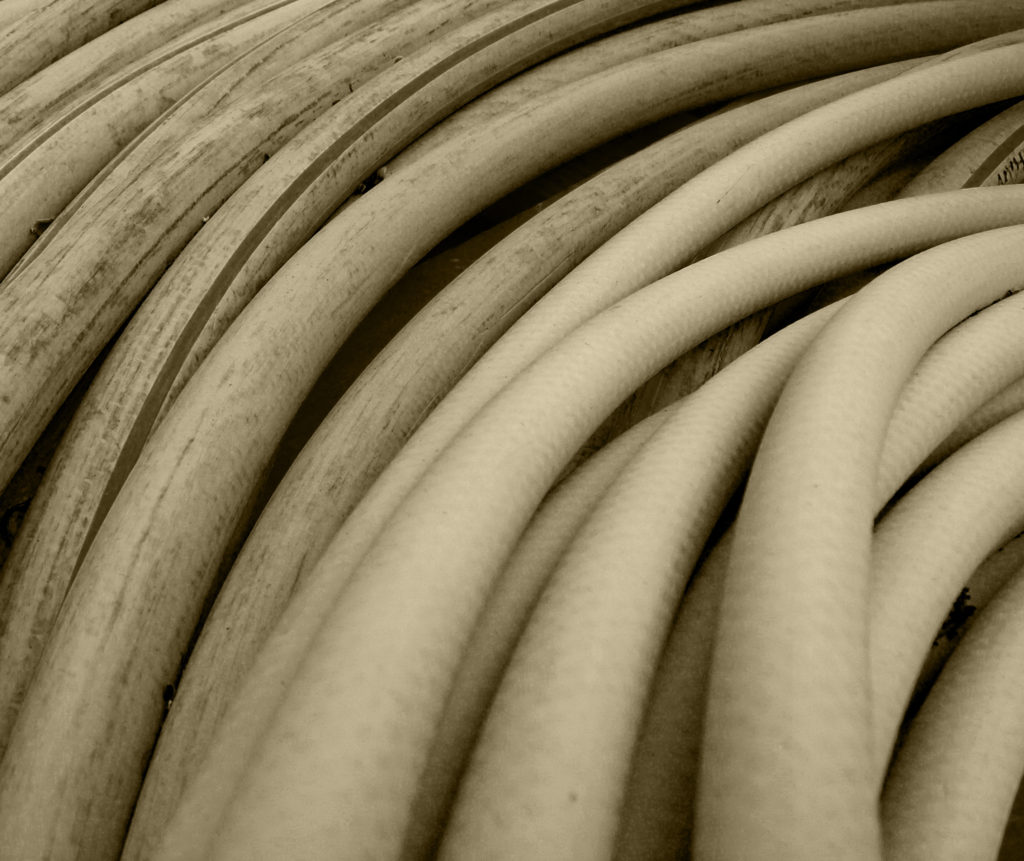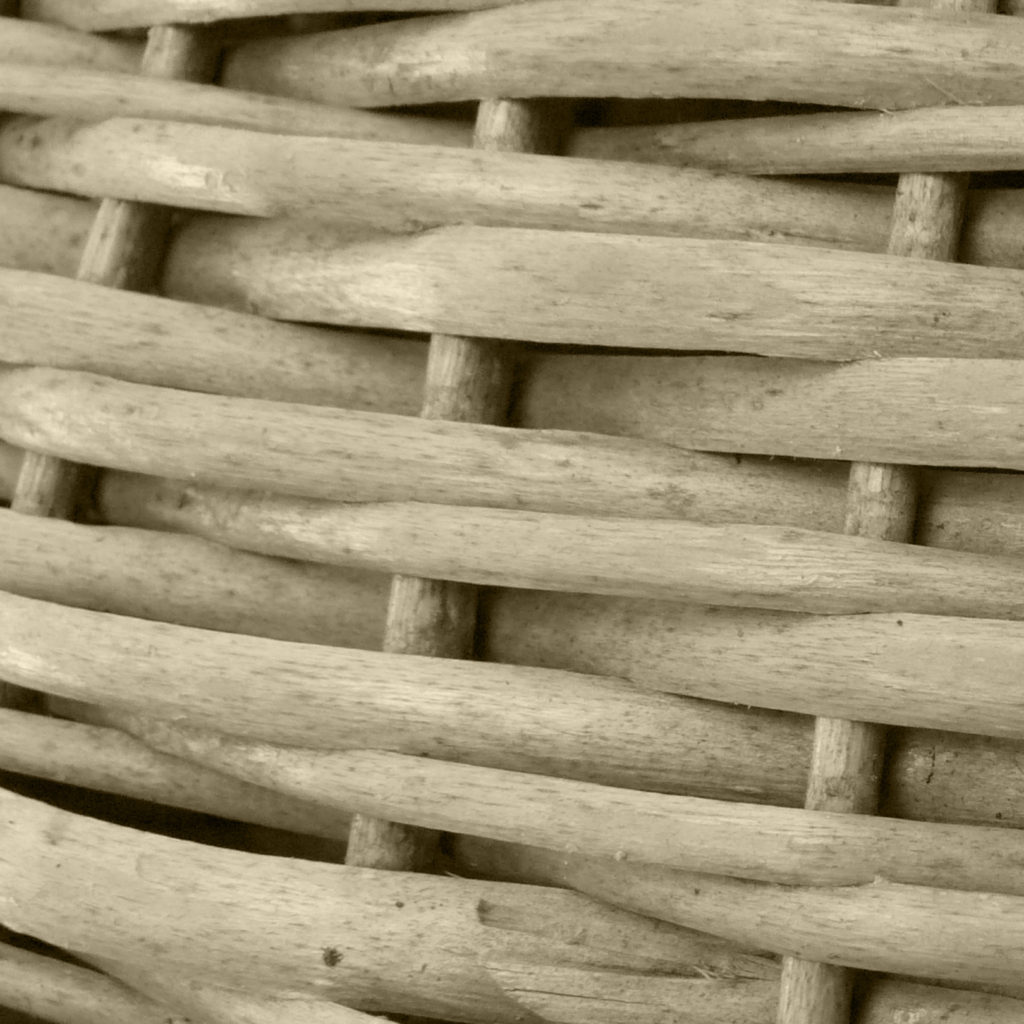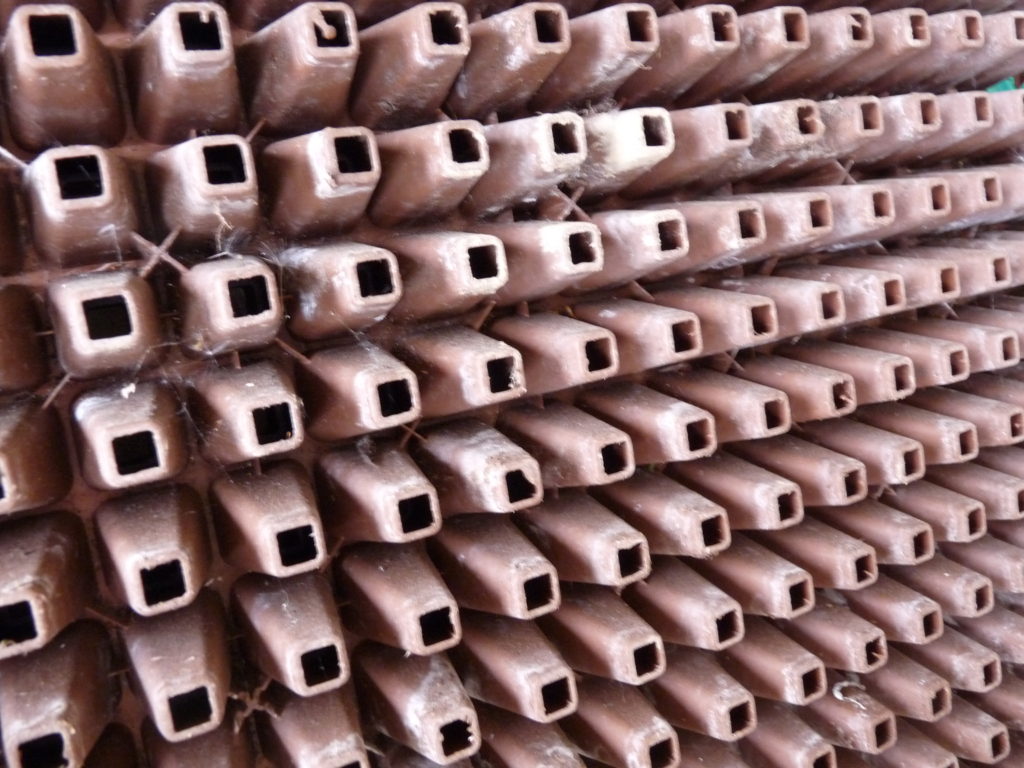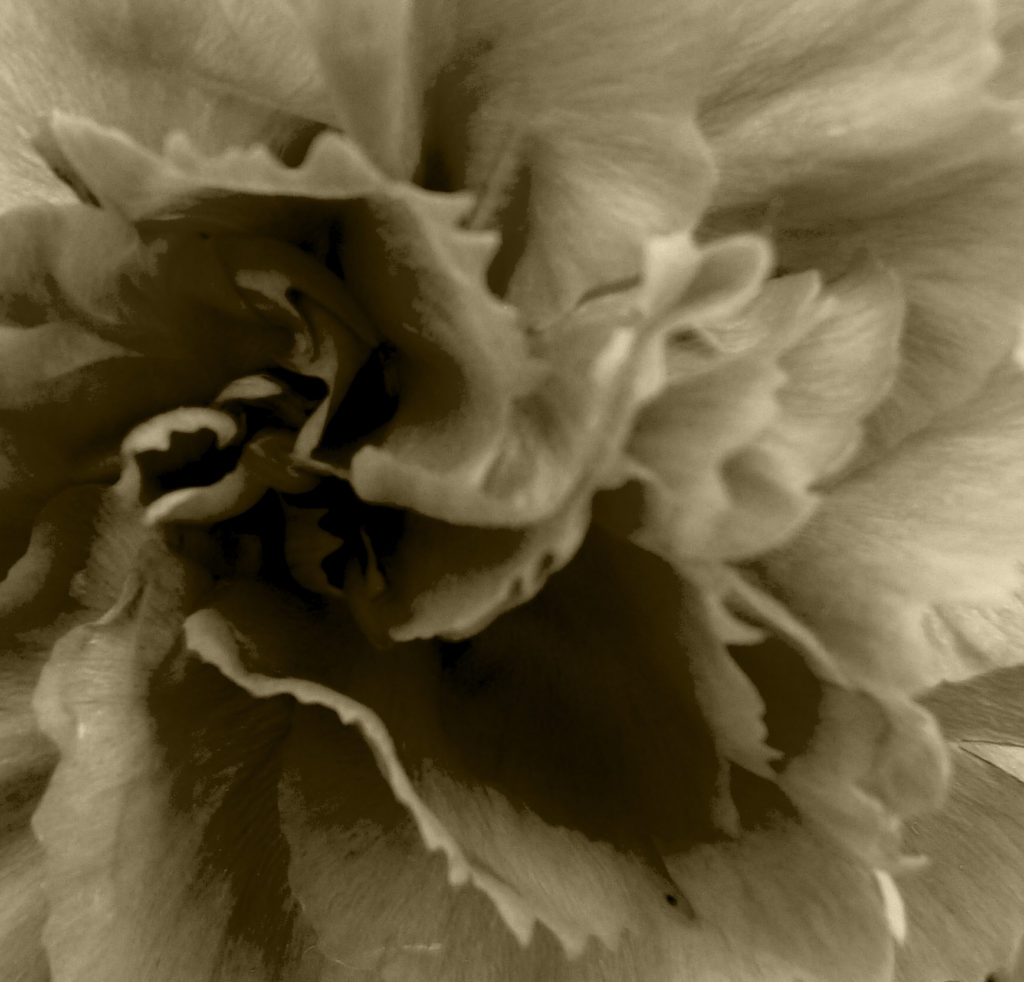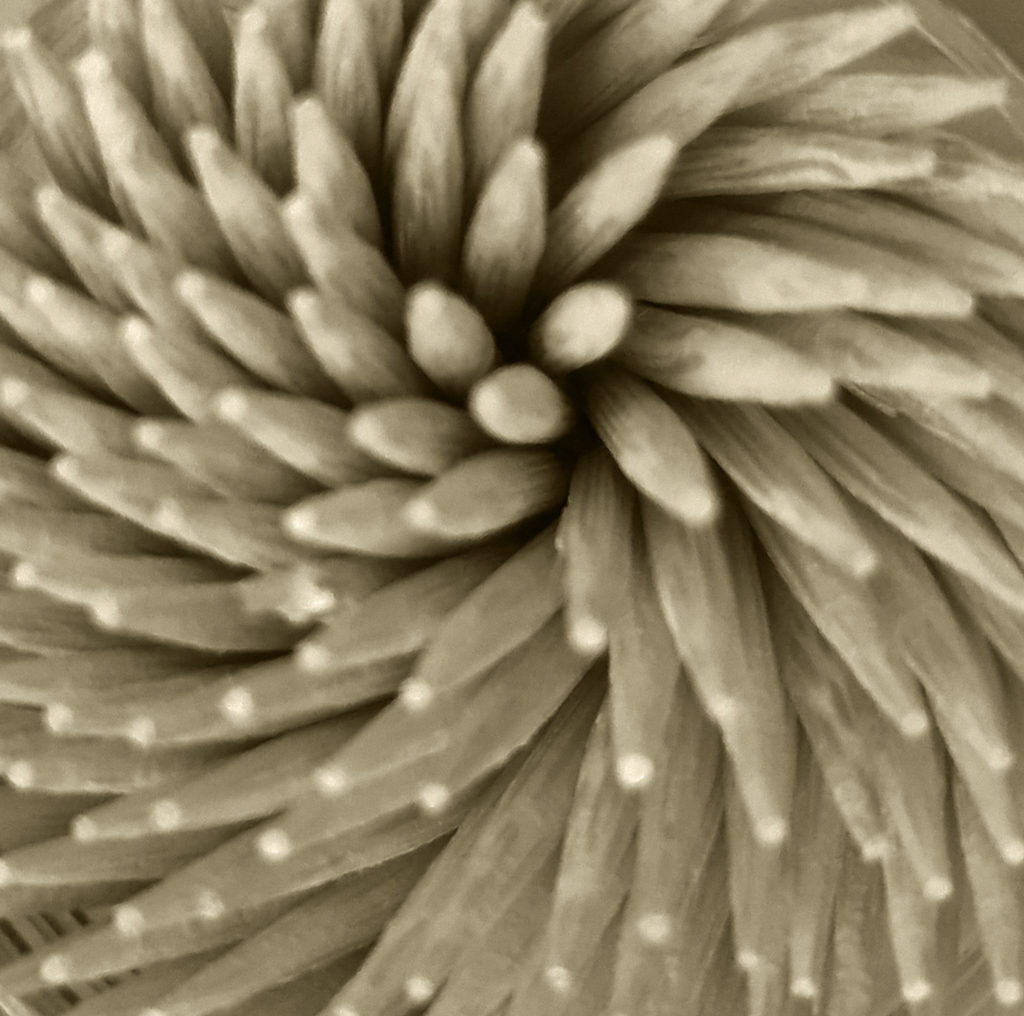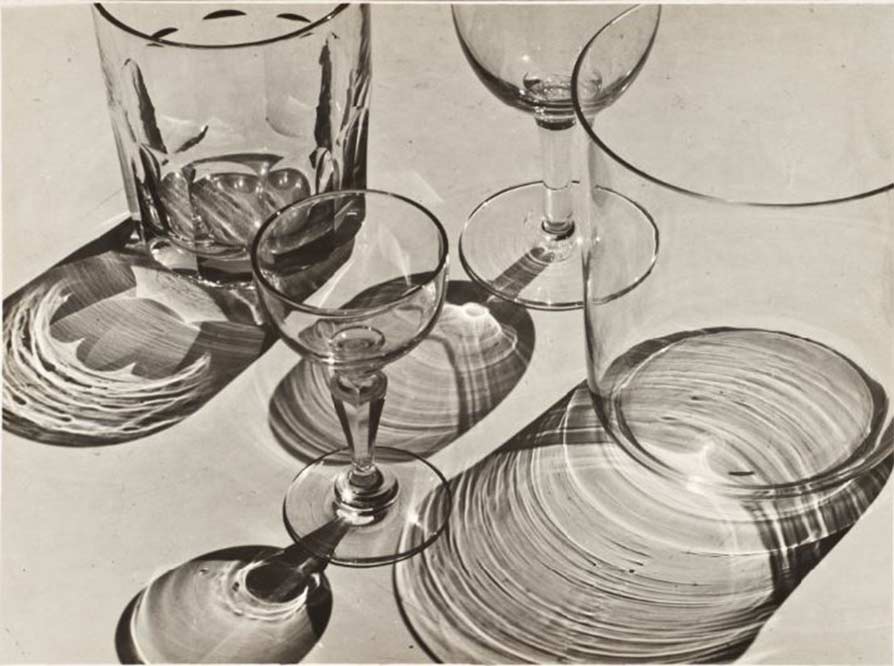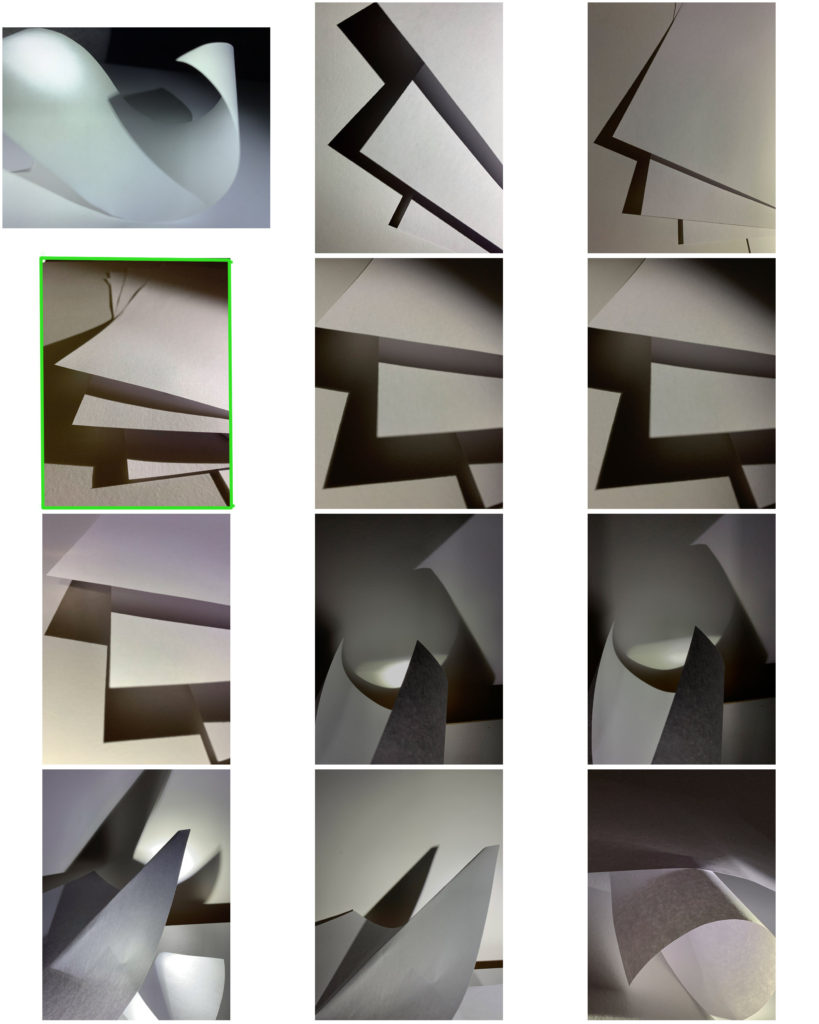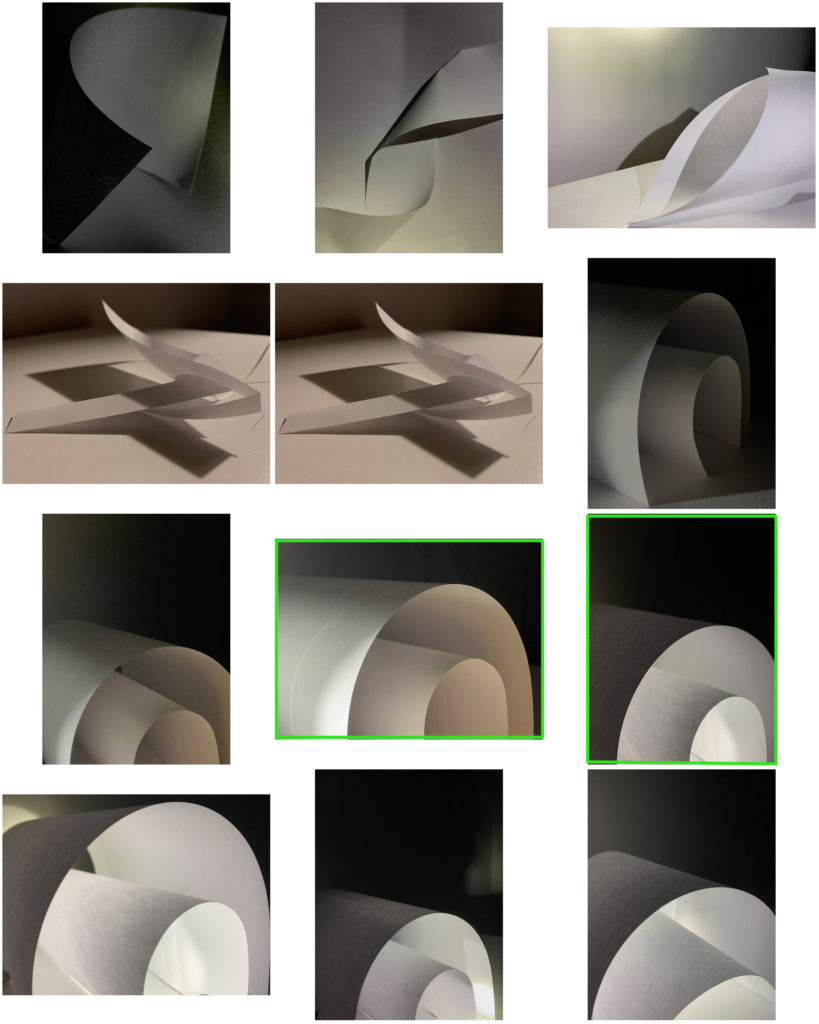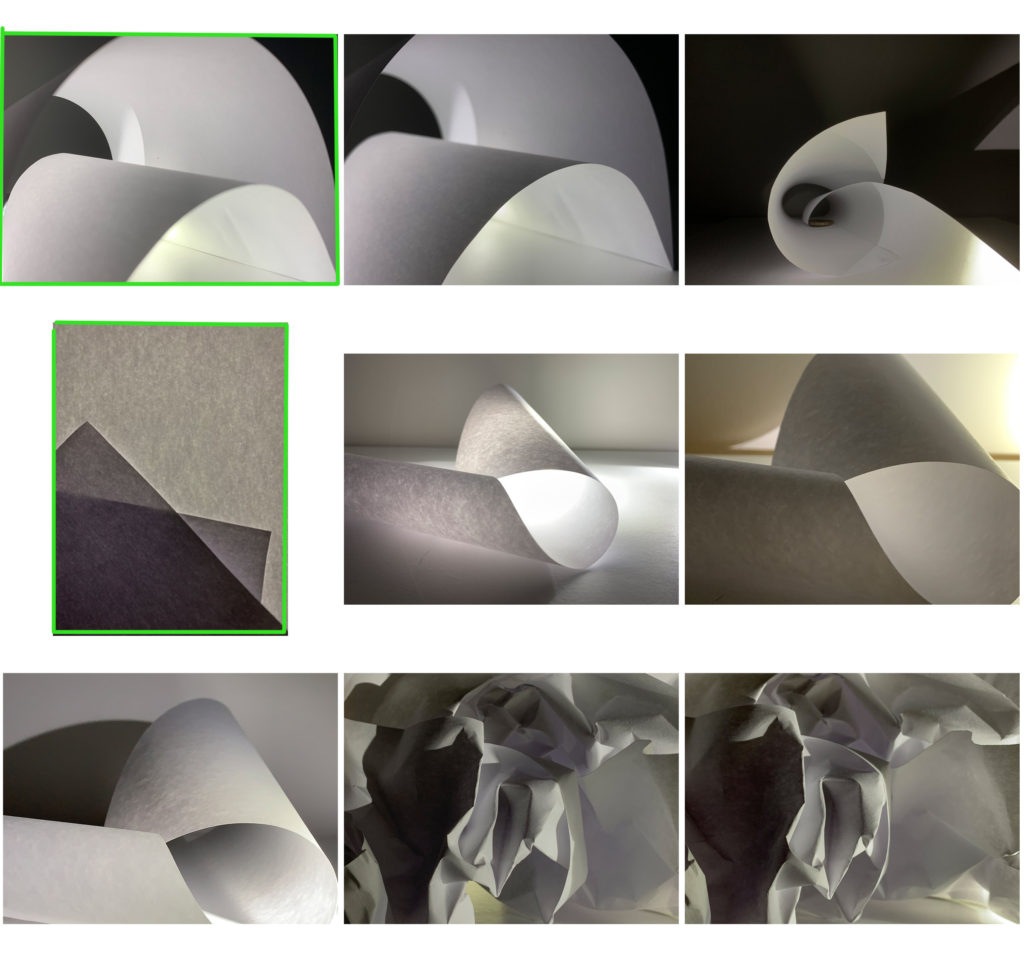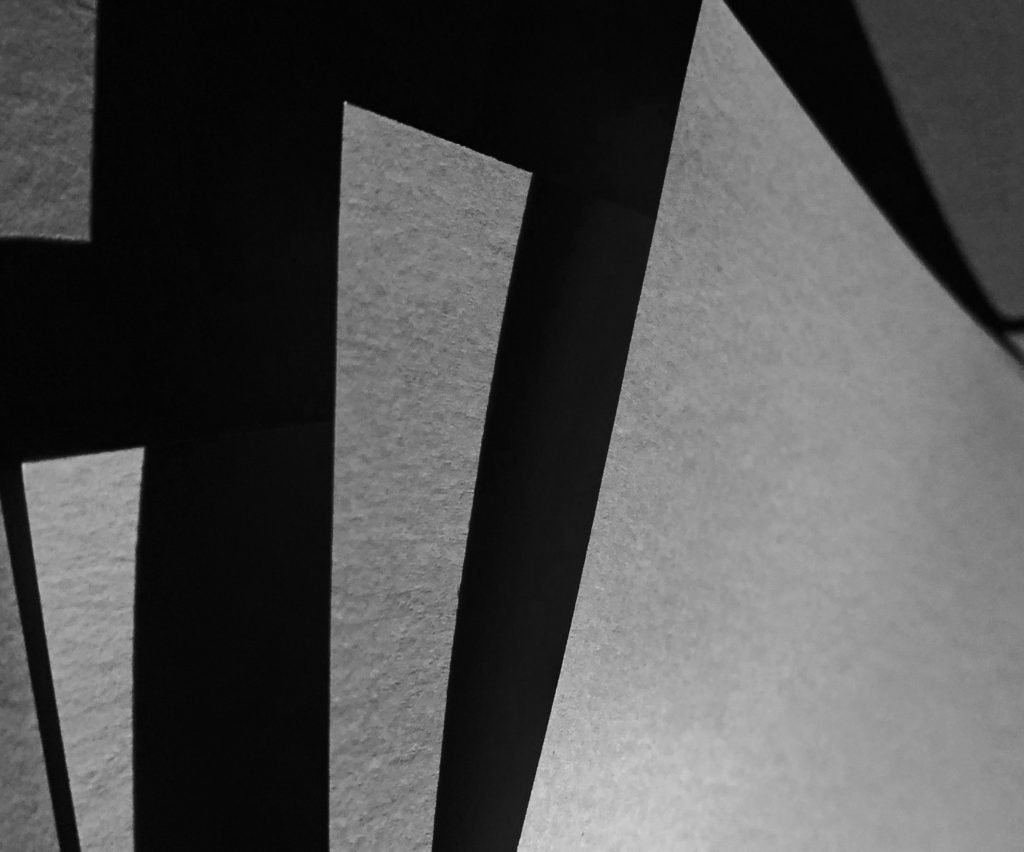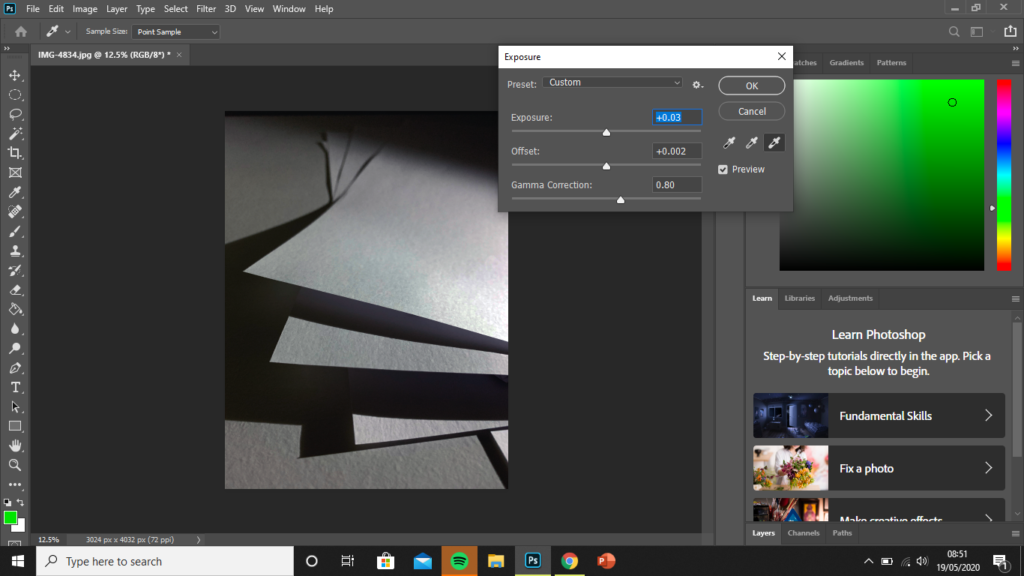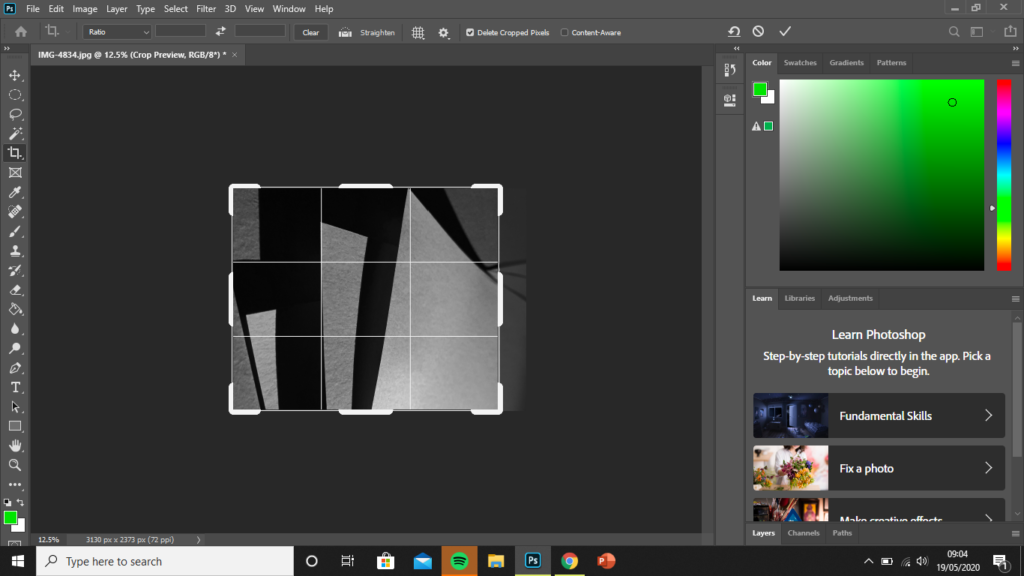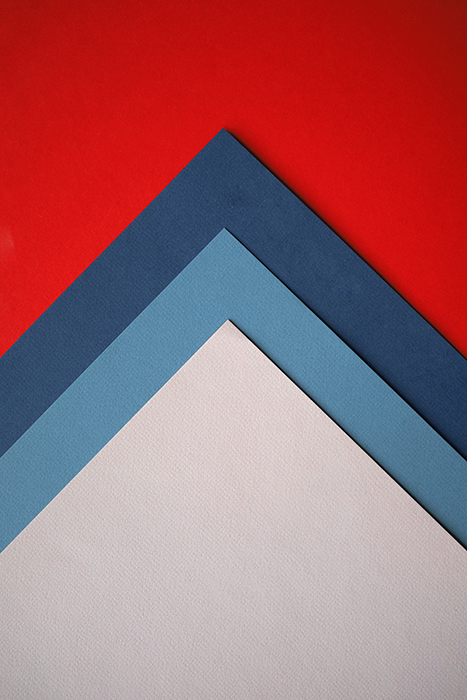
Abstract photography is a style of photogrpahy which encompasses a rather broad array of image capturing. To be abstract, it can include any subject or environment and becomes such depending on the way it’s captured. In addition to that, abstract and formulaic photography can be both colourful and vibrant, as well as greyscale and dull all in order to achieve different effects/moods, which is one of many ways in which many artists separate themselves with their unique styles.
It takes both a watchful eye that can decipher what could often be regarded as questionable or meaningless photos as well as having the creative imagination and concept in order to be able to capture such subjects in an abstract way.
You are only limited by your vision and ideas. Changing your usual perspective of the subject helps to create abstract images. Shooting from up-down could allow you to focus on its shape and form. This changes the subjects’ meaning and purpose. You could even create something from scratch. Photographing an item relying on your off-camera creativity.
EXEMPLAR PHOTOS
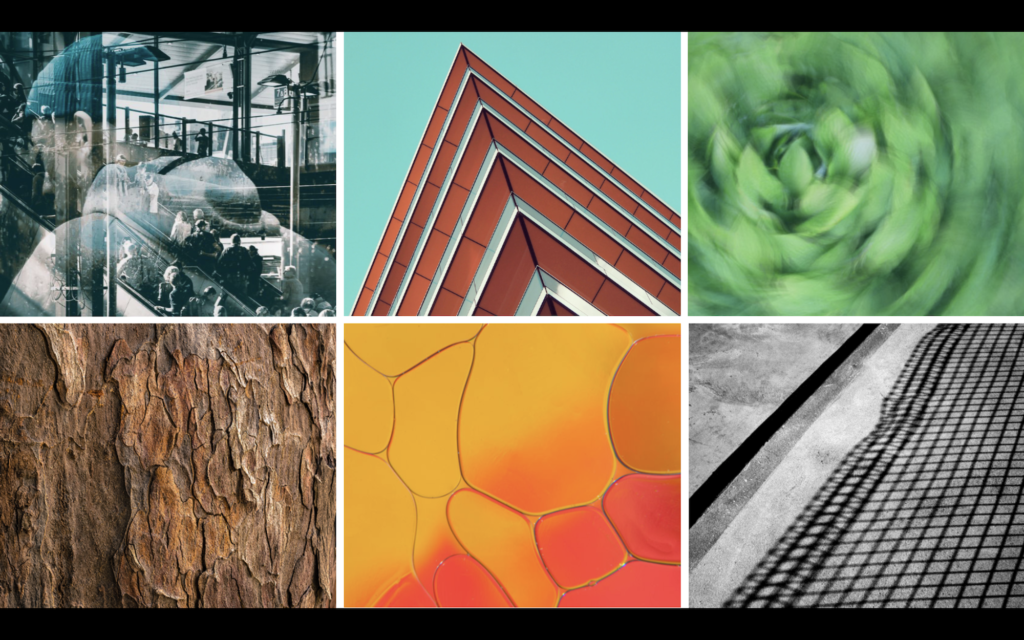
ABSTRACT ARTIST – Paul Strand
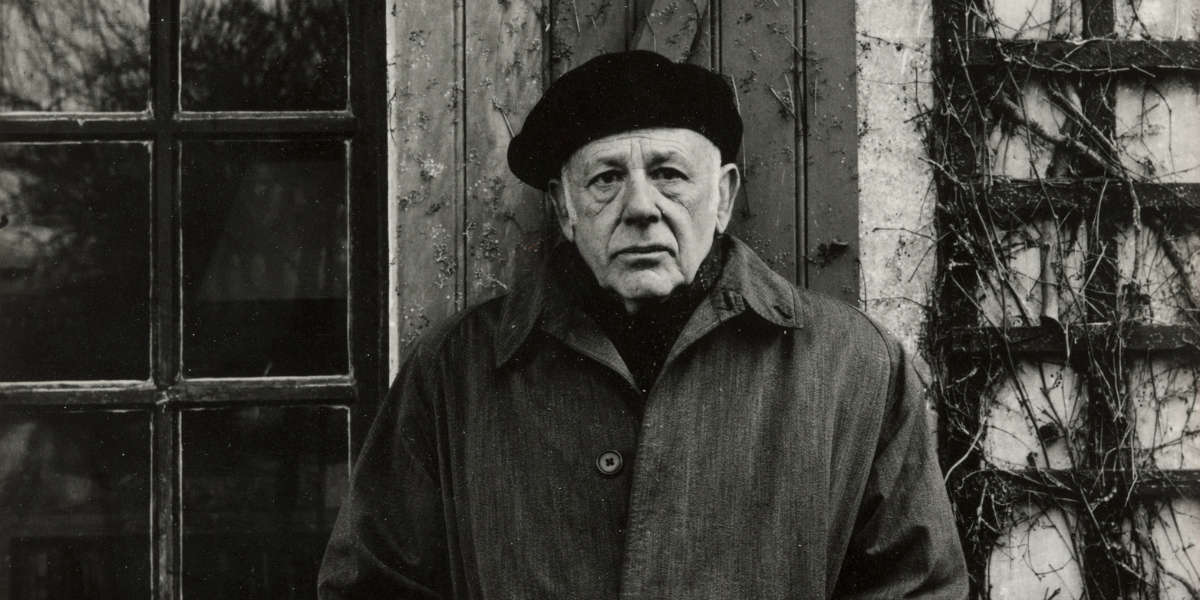
Paul Strand was an American photographer and filmmaker who, along with fellow modernist photographers like Alfred Stieglitz and Edward Weston, helped establish photography as an art form in the 20th century.
He was born in New York to German-Jewish parents in 1890, where twelve years later, his father presented him with his first camera. Strand’s interest in photography wasn’t to blossom until he had left high school in 1907. Strand decided on his future following a club field trip to Alfred Stieglitz and Edward Steichen’s 291 Gallery. Inspired by the visit, it was a pivotal moment for Strand who, aged 17, declared his intention to become “an artist in photography”.
Paul Strand perhaps carved out the most unique position amongst the most important photographic pioneers of the 20th century. He is often discussed as the architect of the so-called ‘Straight Photography’, which is a pure photographic style that utilised large format cameras to record, and bring new perspectives to ordinary subjects in the name of fine art. Strand’s aesthetic proved so persuasive that it was adopted by other luminaries in the photographic circle. Yet Strand pushed even more forward by extending the aesthetic to the field of documentary and he became highly regarded, and something of a standard-bearer, for those in pursuit of social and political redress through both the still and moving image.
EXEMPLAR WORK OF STRAND’S
